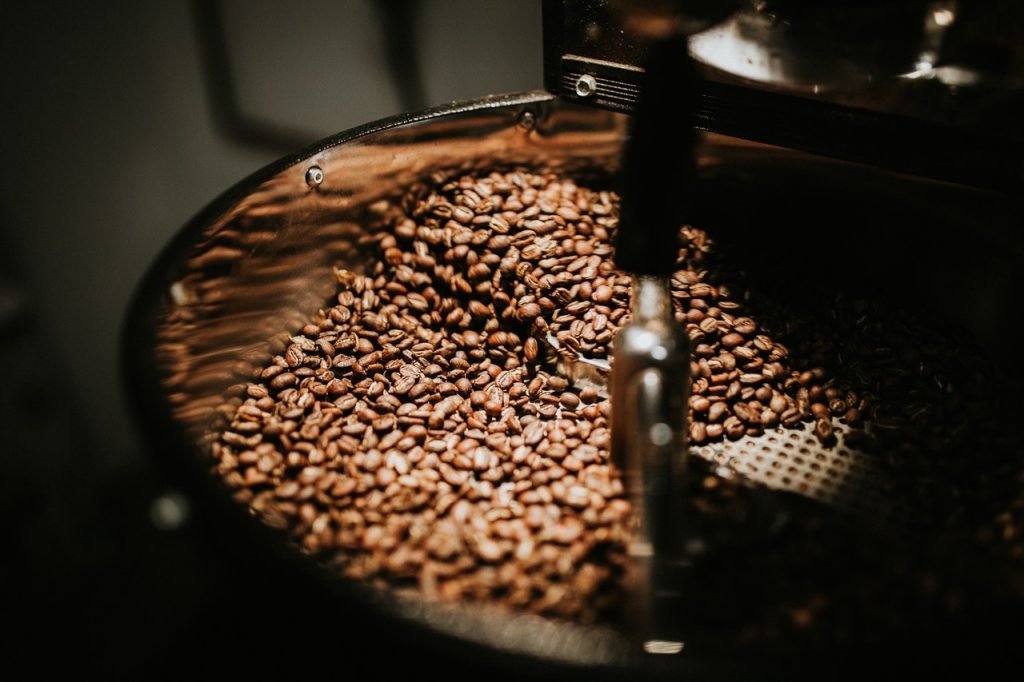The Aroma That Changed My Morning Routine
I used to think coffee was just a caffeine fix—until I roasted my first batch of Indonesian coffee beans. The earthy aroma, the crackling of the roast, and that first sip of bold, complex flavor changed everything. If you’ve ever wondered why Indonesian coffee has such a loyal following, the secret lies in how it’s roasted. And yes—you can master it at home. Roasting Indonesian coffee isn’t just a process. It’s a craft, an adventure, and a sensory experience that turns your kitchen into a personal roastery.
Let’s dive into this flavorful journey—from selecting beans to that final aromatic brew.
How to Choose the Right Indonesian Coffee Beans
Choosing the right beans is the foundation of an unforgettable roast. Here’s how to get it right:
Explore the Regions
Each Indonesian island brings something unique to your cup:
- Sumatra – Deep, earthy, spicy; perfect for dark roasts.
- Java – Smooth, herbal, balanced acidity; ideal for medium roasts.
- Bali – Bright, fruity, with citrus notes; shines in light roasts.
- Sulawesi – Complex, spicy-fruity; best at medium roast levels.
Think Altitude and Processing
- Higher elevations = more vibrant flavors and acidity.
- Wet-hulled (Giling Basah) = classic Sumatran depth and funk.
- Washed = clean and crisp (common in Bali).
- Natural = sweet and full-bodied (found in select regions).
Know Your Varietals
Look out for varietals like Typica, S795, or Catimor—each adds its own personality to the cup.
Pro Tip: Buy from trusted roasters or cooperatives. You’ll get freshness, origin transparency, and better quality control.
Gathering Your Roasting Equipment
You don’t need a commercial setup—just passion and the right tools:
- Coffee Roaster (drum, fluid-bed, or even popcorn popper)
- Green Beans (preferably single-origin from Indonesia)
- Digital Scale (precision is everything)
- Ventilation (roasting creates smoke—airflow is your friend)
The Roasting Process: From Green to Great
Roasting Indonesian coffee is all about timing, temperature, and your senses. Here’s how:
Step-by-Step Guide
- Preheat your roaster
- Light roast: ~350°F (175°C)
- Dark roast: ~450°F (230°C)
- Load your green beans
- Don’t overcrowd; you want even heat circulation.
- Watch the magic happen
- Drying Phase: Green to yellow (~3-5 minutes)
- First Crack: Listen for that satisfying pop—aromas bloom here
- Development Stage: Decide your roast level
- Second Crack (optional): Dark, oily, bold flavor
- Cool down fast to halt roasting
Post-Roasting Rituals: Let Your Beans Rest
The roast is done, but your coffee’s not ready yet. Here’s what to do:
- Resting (12–24 hours):
- Releases CO₂
- Stabilizes flavors
- Makes your brew smoother
- Storage Tips:
- Use airtight containers with one-way valves
- Keep in a cool, dark place
- Avoid fridges—moisture kills flavor!
Brewing the Perfect Cup of Indonesian Coffee
You’ve roasted. You’ve rested. Now, let’s brew.
Choose Your Method:
- French Press – Rich, full-bodied (coarse grind)
- Pour-Over – Clean, complex (medium-fine grind)
- Espresso – Bold, syrupy (fine grind)
- Cold Brew – Smooth, low-acid (coarse grind, 12–24h steep)
Experimentation: The Joy of Roasting Indonesian Coffee
Here’s where things get fun—and personal.
Explore Variables:
- Roast different regions (Sumatra vs Bali? You’ll be surprised!)
- Try various brew methods for the same bean
- Adjust grind size, brew time, and ratios
Keep a Coffee Journal
Track your:
- Bean origin
- Roast level
- Brew method
- Taste notes
This helps you recreate your favorites—and refine your craft.
Join the Coffee Community
- Attend local cupping events
- Share on coffee forums (r/Coffee, Home-Barista)
- Explore direct trade options with Indonesian farmers
Final Thoughts: Savor the Process
Roasting Indonesian coffee isn’t just about the end result. It’s about appreciating the depth of each bean, honoring the heritage behind it, and discovering what makes your own taste buds sing. Every roast is a chance to learn. Every brew is a new beginning.
So go ahead—fire up that roaster, inhale that sweet first crack, and enjoy a journey that starts with a humble green bean… and ends with your perfect cup. If you’re feeling inspired to take things even further, consider building your own coffee brand through a trusted private label coffee roaster and bring your signature roast to the world.

